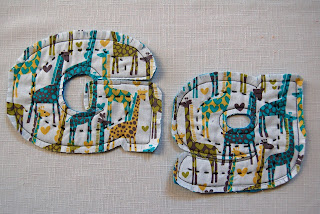Whenever we meet, whether in Texas or California, D's first question is always, "GiGi, are you gonna' stay a long, long, long, long time?"
Once when we picked up the Californians from their midnight arrival at Houston Intercontinental, Papai informed me that all the way to Texas, Daniel kept reminding them that he was not going to sleep when he got to GiGiHeyYea's house. "I'm just gonna' play." With Mamae and Papai's permission, I chose to "play now and sleep when they leave." (This is my sister-in-law's rule enacted whenever she has the rare privilege of a visit with her 2 granddaughters from Switzerland.) So, Daniel and I just played until GiGi tapped out at 3:30AM.
One afternoon post-preschool, Daniel came home wielding a new word--'stupid.' Mamae and Papai told D that 'stupid' was a bad word and he wasn't to say that word, ever. So here's how His Three-ness reacts whenever he hears someone say that word:
"GiGi. Did you hear Shrek? Shrek said stupid. I didn't say stupid. Stupid is a bad word! Shrek said stupid."
 |
| From Family Life Today, these eggs hold small reminders of the story of Jesus' last week of life on earth. |
As you can see from the picture, there's:
- a donkey-- Jesus rode into Jerusalem on a donkey and everyone cheered Him.
- a chalice/cup-- Jesus shared with his disciples in an upstairs room. "Remember Me," he said.
- a rooster-- Jesus said it would crow after His friend Peter lied.
- silver coins-- Jesus' friend Judas told soldiers where to find Jesus to arrest Him.
- praying hands-- Jesus prayed to Father God for help.
- a spear and a whip-- soldiers were very mean to Jesus.
- a crown of thorns-- soldiers put a prickly crown on Jesus's head.
- a cross made of nails to remember how Jesus died
- a white cloth-- Jesus' friends took care of his body after He died.
- a stone-- soldiers rolled a gigantic stone into the opening to the cave where Jesus was buried.
- an empty egg-- Jesus is not in the cave anymore and He is alive.
Here's some of our conversation while D explored the resurrection eggs for hours.
D: (holding the whip) "Is this a mop, GiGi?"
G: "No, D, it's a whip. Like the one that the mean soldiers used to hit Jesus."
D: "You mean they poked him in the eye with the mop?!"
D: "Those bad soldiers poked Jesus in the eye with a spear."
G: "Well, actually, they poked Jesus in His side, not His eye."
D: (holding the donkey and the rooster) "It's okay Jesus. We're your friends!"
There are also some things that throw the earth off its axis.
Things like the hot water that comes from the sink in the ladies' room at Target. Even though I protected his hands from the hot water, cupped cooled water in my hands, and dribbled it all over while helping His Three-ness wash up . . . even though his little hands never got near the faucet, he still could not comprehend the horrible truth that hot water came out of the faucet.
Things like the
A day in the life . . .!
After a Face Time visit with HeyYea in Texas, Daniel and I were signing off in California. He told HeyYea goodbye and gave him a screen kiss. Then I said, "G'bye, Love. Talk to you soon." When I put the phone down, D looked straight at me and corrected, "HeyYea's not you Love. I am!"




































































